Running a small business can feel like you’re constantly fighting an uphill battle.
You’ve got a great product or service, but somehow, your profits are barely trickling in.
How can you possibly keep up with your industry?
Should you go back to your old 9-to-5 job?
Well, think of companies like Apple, Nintendo, and Starbucks, for example.
What do they all have in common aside from being three of the most successful companies in the world?
Answer: they all started off as small businesses!
- Apple was a small startup which started in a garage.
- Nintendo used to be just a Japanese playing card company.
- Starbucks was a tiny coffee shop in Seattle.
Behind their growth lies a deep understanding of business principles and consumer psychology.
These principles have been expertly distilled by Charles Munger, Warren Buffett’s longtime business partner and vice chairman of Berkshire Hathaway.
In his talk called “Practical Thought about Practical Thought” in 1996?. . .
Munger shared some key strategies and thought processes that can turn a small business into a thriving enterprise.
Let’s dive into these strategies and explore how you can apply them to your own business.
Lesson #1. Make “No-Brainer” Decisions For Your Small Business First
When building a business, it’s easy to get lost in the weeds, focusing on minor details while missing the bigger picture.
Munger advises starting with the big, “no-brainer” decisions.
These are the foundational choices that will have the greatest impact on your business’ success.
No-brainer decisions centre around 2 things. Your product or service should have:
1. A strong, legally protected trademark
Your trademark is basically the start of your brand identity so it’s important to keep it secured as yours and only yours. This can include your:
- Brand name
- Logo
- Product design
2. Universal appeal
Develop a product or service that resonates with a wide audience. The more broadly your offering can attract and satisfy different customer segments, the better its chances of success in a competitive market.
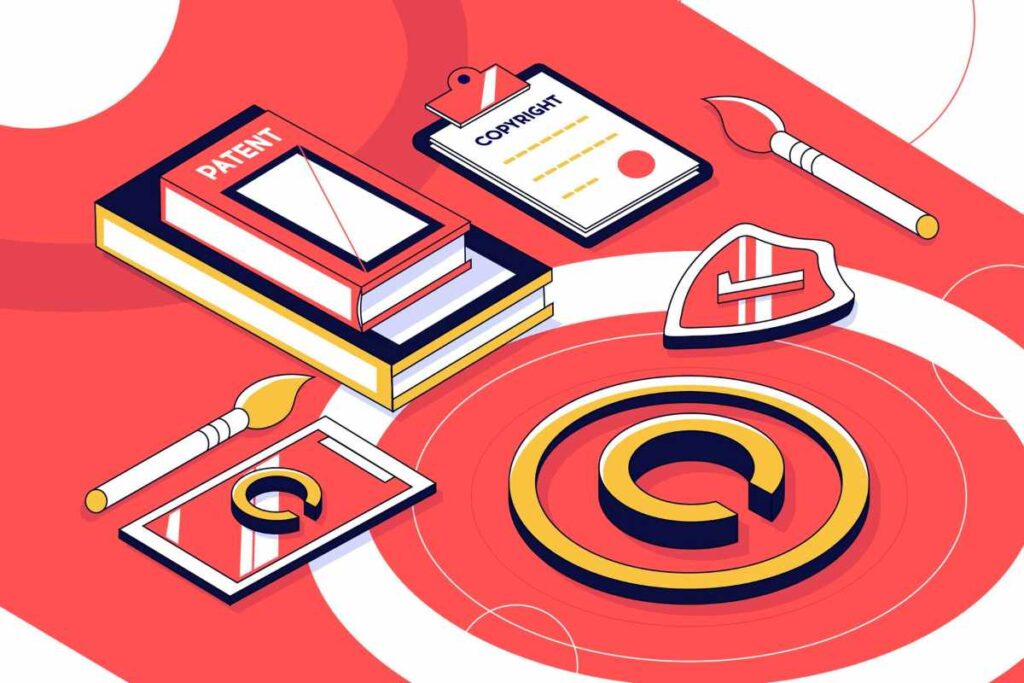
Now that we have these no-brainers out of the way.
It’s time to go a bit deeper: numbers.
Lesson #2. Numerical Fluency: How Understanding Numbers Drive Better Decisions
Numerical fluency isn’t just for accountants or bookkeepers; it’s crucial for anyone running a business.
Charles Munger highlights how being able to interpret and understand numbers can reveal truths about your business that might otherwise go unnoticed.
So say for example you’re a café owner aiming to increase your annual revenue by $250,000 in the next 5 years.
To achieve this, you need to break it down into actionable steps.
First, you need to assess your current revenue.
If your café is currently making $100,000 a year, you need to grow by $150,000 over the next five years.
This means you need to increase your revenue by $30,000 each year, or about $2,500 more per month.
Next, incorporate customer consumption into your calculation.
Suppose the average customer spends $5 on coffee per visit, and you currently serve 1,000 customers per month.
That totals $5,000 in revenue per month.
To meet your monthly revenue goal of $7,500 ($5,000 current revenue + $2,500 additional revenue), you need to either:
- Increase the number of customers
You would need 1,500 customers per month (1,500 customers x $5 = $7,500). This means increasing your customer base by 500 each month.
- Increase the average spend per customer
If you can increase the average spend to $6, you would only need 1,250 customers per month
(1,250 customers x $6 = $7,500).
- Combine both strategies
For instance, if you attract an additional 250 customers and raise the average spend to $5.50, you will meet your monthly revenue target.
(1,250 customers x $5.50 = $6,875, plus the additional $625 from extra customers or promotions).
Also, anticipate future needs as your business grows.
You may need to upgrade equipment, hire additional staff, or renovate your café to handle increased customer volume.

Lesson #3. Tap Into Basic Human Psychology To Market Your Product So You Can Gain New Customers
To ensure your small business thrives year after year, you have to create a brand that sticks in people’s minds.
This is where psychology comes into play.
You have to create an emotional and powerful bond with your customers so your product or service becomes their go-to choice.
To do this, we’ll take a close look at 3 crucial psychological concepts.
1. Classical Conditioning: Why Our Emotional Attachments Matter More Than We Think
Classical conditioning plays a crucial role in forming emotional connections with products and brands.
This psychological concept, first demonstrated by Ivan Pavlov, involves creating associations between a neutral stimulus and a naturally occurring emotional response.
Pavlov’s famous experiment showed how dogs could be conditioned to salivate at the sound of a bell when it was paired with food.
In his talk, Munger breaks down how conditioning or mere association with a product can create powerful emotional attachments and influence consumer behaviour.
Coca-Cola tapped into classical conditioning by how they designed their product.
They achieved this by:
- Crafting a Unique Product Name
Coca-Cola chose the exotic-sounding name “Coca-Cola” to create a sense of allure and curiosity, making the product stand out as a memorable brand in people’s minds.
- Developing an Appealing Physical Product
They strategically made their product look like wine or champagne making it appear more luxurious and special compared to just simply looking like sugared water.
This ensures that the product’s appearance and sensory qualities reinforce its association with high-status beverages.
- Formulating a Distinctive Flavour Profile
Coca-Cola develops a distinctive flavour that stands out from other beverages.
This unique taste becomes associated with positive experiences and satisfaction over time.
Over time, these associations become ingrained in consumers’ minds, creating a powerful and enduring brand connection.
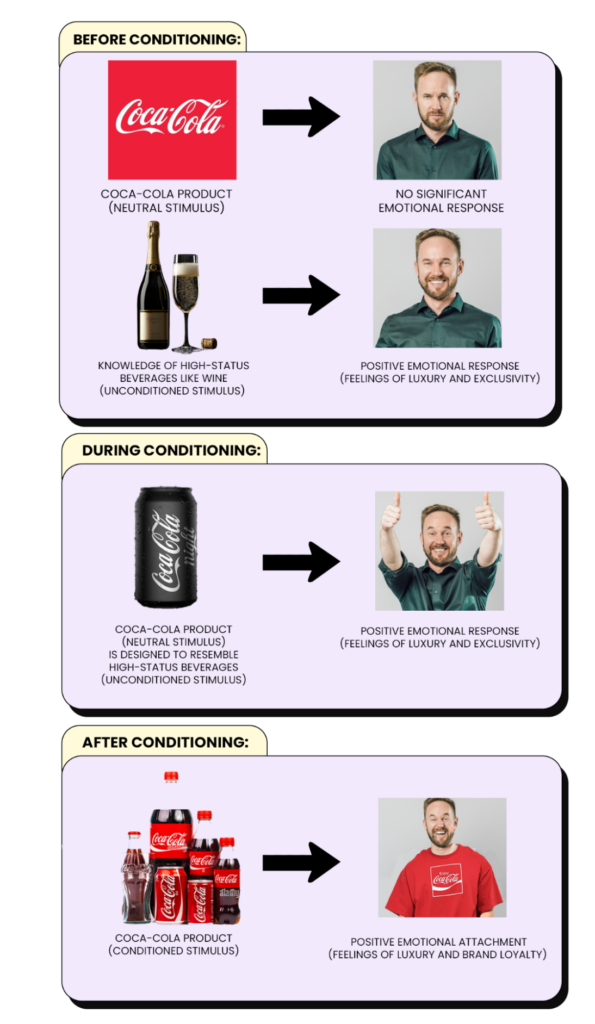
2. Operant Conditioning: How Rewards Can Shape Consumer Behavior
In psychology, one aspect of operant conditioning involves learning through rewards to increase positive behaviour.
For Coca-Cola’s case, it would look like this:
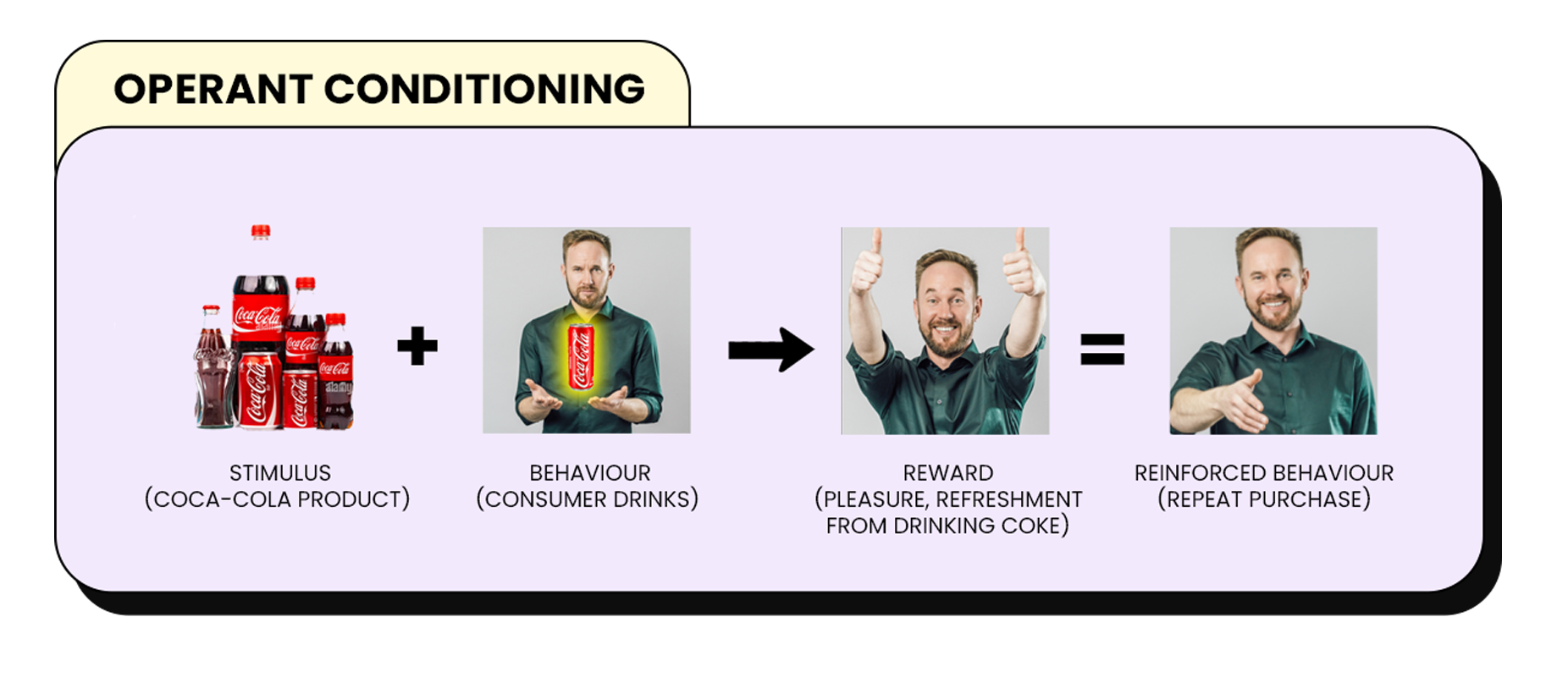
The reward doesn’t always have to be an object.
Most of the time, it can simply be a feeling of satisfaction for the customer.
So when they drink Coca-Cola, they can be rewarded with a feeling of refreshment or cooling pleasure.
This reward or positive experience can then create a strong association between Coca-Cola and those pleasant feelings.
Over time, this leads to reinforced behaviour where consumers are more likely to choose Coca-Cola again when they seek that same satisfaction.
The more consistently they experience this reward, the more deeply ingrained their preference for Coca-Cola becomes.
Coca-Cola then strengthens this buying behaviour by making sure its products are available everywhere.
This ensures that the positive associations with Coca-Cola remain strong.
And at the same time. . .
It also prevents competing brands from disrupting Coca-Cola’s relationship with its customers.
3. Social Proof and The Sight of Consumption: Why Visibility Matters
Seeing others enjoy a product or service can create a sense of validation and increase its perceived value.
It’s like when you pass by a crowded restaurant— you assume the food must be good because everyone else is there too.
This is social proof in action.
Coca-Cola has also mastered this concept.
Think about how often you see people drinking Coke— whether it’s in commercials, at parties, or even in movies.
That constant visibility creates a sense of trust and validation.
Lesson #4. Avoid Business Pitfalls by Thinking In Reverse Like Carl Jacobi
Thinking forward is not the only way to plan for your business’ success.
Carl Jacobi, a great mathematician admired by Munger, believed in solving problems by thinking in reverse.
Instead of only focusing on what you need to do, consider what you should avoid.
It’s not just about what works; it’s about steering clear of what doesn’t.
You can do this by visualising potential obstacles that could stand in the way of your business goals.
Your starting point will be imagining yourself already achieving your goal, then working backwards from there.
For example, say you want to open a successful restaurant.
Picture your restaurant as a hit—tables full, happy customers, and great reviews.
Now, work backwards.
What could have derailed this success?
Maybe your location was hard to find, or your menu didn’t stand out.
By thinking in reverse, you identify these potential problems before they happen, allowing you to address them early on.
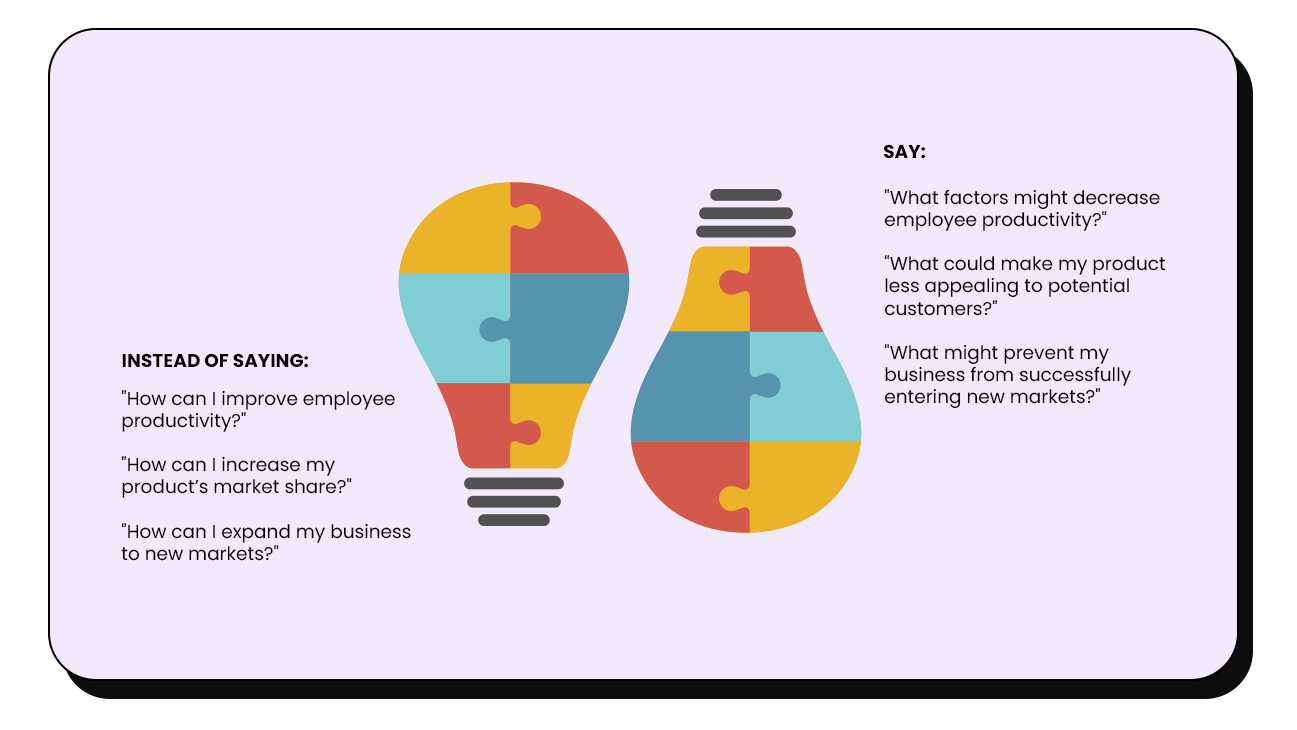
Lesson #5. Aim for Big Results by Combining Efforts: Create a Lollapalooza Effect
The Lollapalooza Effect refers to the powerful outcomes that result when several factors work together in harmony.
In business, this means using multiple strategies simultaneously to create a compounding effect that drives growth.
However, this does not mean you should combine every possible option available to you.
The key to the Lollapalooza Effect is to identify strategies that complement each other and execute them in sync.
For example, let’s say you’re planning to launch a new retail store.
You can perhaps do this combination of marketing strategies:
- Local Influencer Endorsements: Partner with local influencers to generate buzz and attract their followers to your store.
- Grand Opening Event: Host an exclusive grand opening event with live entertainment and special promotions to draw in large crowds.
- Targeted Local Advertising: Run ads in local newspapers, on radio, and on social media targeting the surrounding community.
- Community Engagement: Sponsor local events or charities to build goodwill and create a positive image in the community.
Local Influencer Endorsements + Grand Opening Event + Targeted Local Advertising + Community Engagement = Lollapalooza Effect
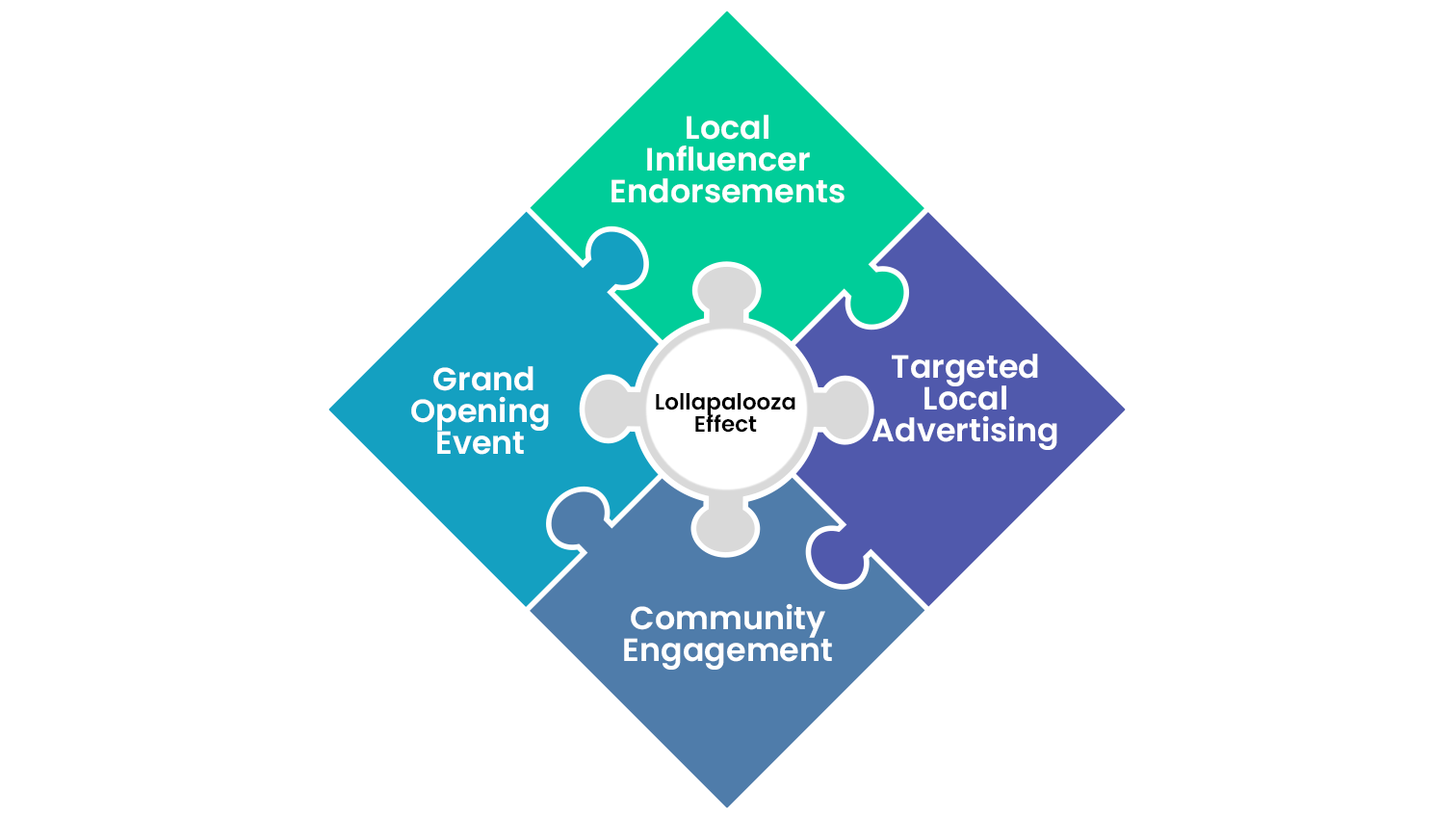
These strategies can work very complementary to each other.
The influencer endorsements create initial interest.
Next, the grand opening event drives foot traffic.
Then, the targeted ads ensure awareness.
And finally, community engagement builds long-term brand loyalty.
See Your Business Through Fresh Eyes As You Follow The Timeless Wisdom of One Of The World’s Sharpest Investors
Growing a small business can indeed be tough work.
However, having a small business doesn’t have to mean you can only get small profits.
Now that you’ve explored the key lessons from Charlie Munger’s insightful 1996 speech, it’s time to take action.
Use these 5 key lessons as a new blueprint for growing your business.
As you navigate the complexities of growing your business. . .
Remember that these principles are not just theoretical — they are practical tools designed to drive real, lasting results.
With dedication and strategic application, you’ll watch your small business evolve into a formidable, thriving enterprise prepared for the long haul.


